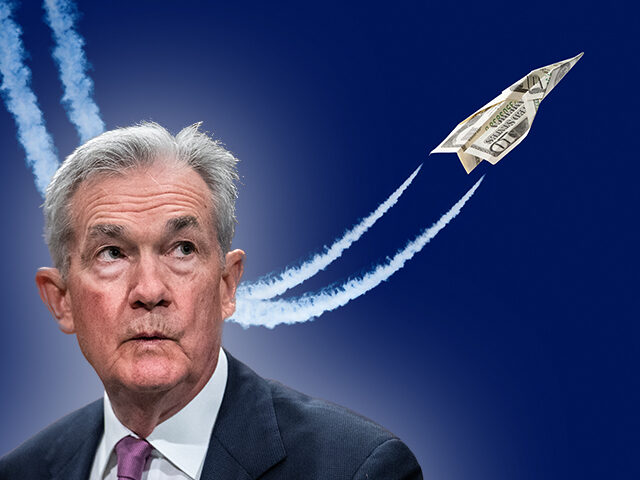Job openings unexpectedly surged as last year came to a close, underscoring the dilemma facing the Federal Reserve as it considers changing the direction of monetary policy.
Employers were looking to fill 9 million vacant positions as of the last business day of December, the Labor Department said in its monthly report from the Job Openings and Labor Turnover Survey, or JOLTS.
The November count was revised up from 8.8 million to 8.9 million.
The December figure was higher than all estimates in the Econoday survey, where the top estimate was 8.77 million. The median forecast called for 8.7 million openings.
The Federal Reserve has been raising interest rates to cool down an economy that last year saw the worst inflation in four decades. Inflation is still running above the two percent the central bank says is normal for a healthy economy.
Many Fed officials, including Fed chairman Jerome Powell, have said that bringing supply and demand for labor back into balance is necessary to further progress on inflation. The surge in demand for workers raises the risk that inflation could re-ignite.
In December, the economy added 216,000 jobs, far more than expected, the Department of Labor said in early January. The unemployment rate held steady at the ultralow level of 3.7 percent.
The Fed is expected to hold interest rates steady at the two-day meeting of the Federal Open Market Committee that begins Tuesday. Many investors think the Fed will start cutting rates as early as March, with an overwhelming consensus believing the Fed will have cut by May. Futures pricing implies the Fed will cut five or six times this year, a much more aggressive pace of cutting that Fed officials projected at their December meeting.
Those hopes for rate cuts may be dashed, however, if the labor market does not soften as expected. The December data point to a tightening labor market, making it harder to justify rate cuts.
By law, the Fed is charged with keeping inflation low and maximizing employment.

COMMENTS
Please let us know if you're having issues with commenting.